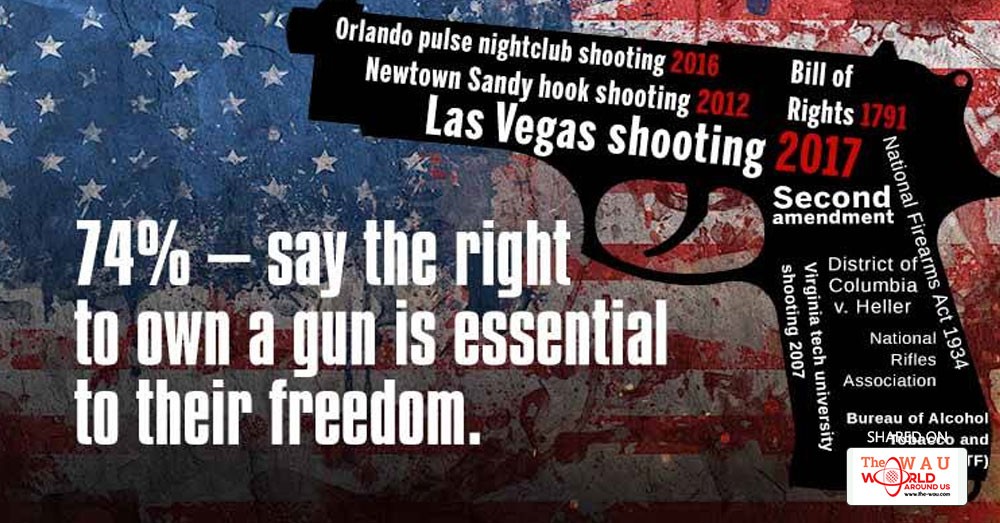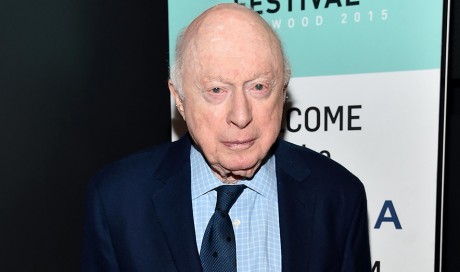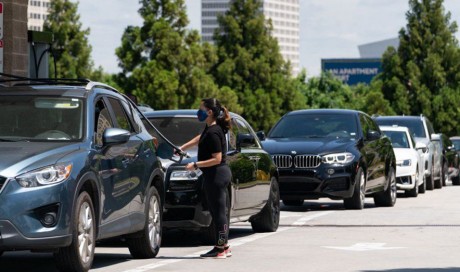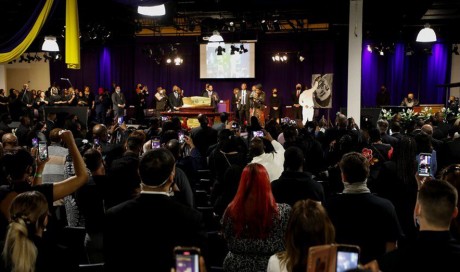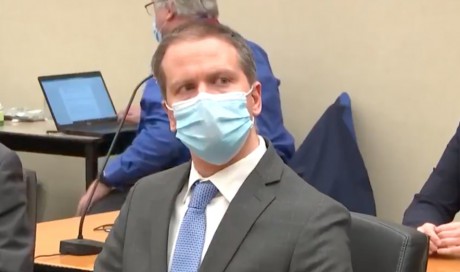The shooting in Las Vegas has once again triggered a massive debate over gun control in the US. Quoting Mass Shootings Archives data, the Telegraph has reported that more than a person a day has been killed in US mass shootings in recent years. According to a Pew Research report quoted in the Guardian, “a majority of US gun owners – 74% – say the right to own a gun is essential to their freedom.” Despite this trend, President Donald Trump signed a resolution that overturned the 2016 rule passed by Barack Obama which prevented thousands of people, having mental disorders, from owning firearms.
Gun laws have evolved over time in the US. Here we look at how gun laws came into existence in the US and the changes brought in them over time.
The Colonized America (16th Century):
Since its introduction, gun was the subject of hostility in the eyes of the British rulers, and discord in the social order was the last thing the British wanted. Handing a gun to a commoner was the innate fear the British rulers had. Access to firearms was provided to the white Protestants (not all Protestants), adult male and property holders.
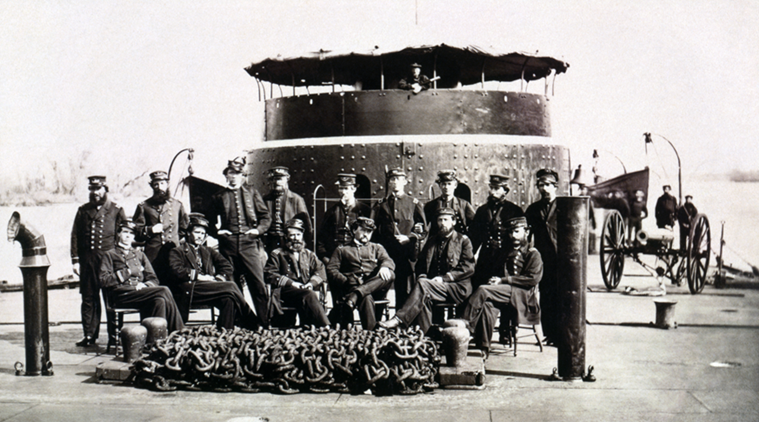
Refined with time, the legislation fell under the game and militia law, where the commoners were granted permission to own firearms for hunting activities.
Roger Manning documented in his book ‘Hunters and Poachers: A Cultural and Social History of Unlawful Hunting in England, that the monarch of Great Britain King James I, had disagreed with the government’s view and keeping firearms. “It is not fit that clowns should have these sports.”
Post-colonisation and American Revolution (Post 1783):
The new US constitution came into being on September 17, 1787, but the one thing that remained unchanged after the American Revolution was the gun laws followed during the colonial period.
A few states like Massachusetts and Pennsylvania provided individuals gun ownership rights. In 1776, Pennsylvania Constitution declared the right to own a gun with a conditional clause which required individuals to use the gun only in state’s defense. To assure this happens, individuals possessing a gun were to take an oath of allegiance.
Several states formulated laws to limit the access and use of concealed weapons – small well-made bladed weapons like dirks and bowie knives, sword canes – by imposing hefty fines. This, however, failed to create fear in people.
The framers of the US Constitution took inspiration from their memory of the American Revolution and passed a legislation in favour of gun laws in 1791 in the form of the Bill of Rights. The 1791 Bill was partially influenced from the English Bill of Rights, 1698.
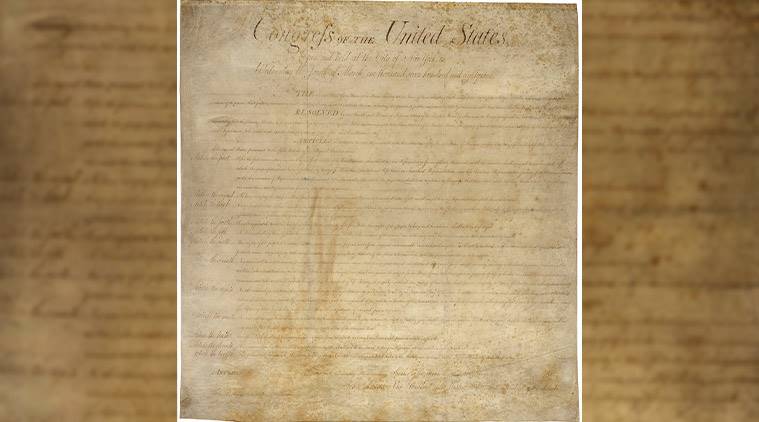
The Second Amendment was part of the first 10 amendments of the 1791 Bill which, protected the rights of people bearing arms. The Second Amendment was the first legislation passed by the US federal government bringing gun laws into picture.
Post Civil War (1861 – 1865):
The civil war changed the course of limited access to guns. During the four years of the war, the US government and the Confederate governments supplied firearms to a vast majority to defend the country.
At the end of the war, Union veterans were allowed to take their guns home and due to wartime demand, the northern manufactures met the demands of the US army by supplying tens of thousands of firearms. Soon the nation was saturated with guns.
Southern states feared the armed blacks and therefore passed various laws limiting access to firearms. Milton Friedman documented that the editor of Charleston Mercury wrote that if blacks were given access to firearms, they would become “swaggering buck niggers and would be a threat to white women.”
Predominantly the manufacture of guns was done by the northern states and they found themselves caught between the danger of guns they produced and their business. To avoid bankruptcy, the gun industry advertised the safety of guns. One of the companies, Iver Johnson Revolver Company, advertised showing a little girl playing with a doll and a revolver captioned “Daddy says this gun is absolutely safe.” In a conflict of concealed weapons, the police officers often used force. In 1877, New York recorded a noticeable rise in the homicide rate as stated by the New York Tribune.

The rise in the homicide rate led to several debates and the New York Tribune called out for a stringent legislation.
“The average New Yorker who carries a pistol cannot hit anything with it. Sudden passion and ready pistols lead to homicides almost innumerable.” – New York Tribune 1866
Firearms in the hands of masses had become a menace in America and for its regulation, President Theodore Roosevelt encouraged Congress to construct a National Board for the Promotion of Rifle Practice as a part of the National Militia Act of 1903. Formed in 1871, the defunct National Rifle Association (NRA) was back in the picture in 1905, where young Americans, as members of the NRA, were provided with free guns. To keep maximum number of American men armed, these young men were trained in using firearms for military purposes.
1934: The National Firearms Act was passed which put tax on the manufacture and transfer of automatic fire guns, shotguns and rifles.
1938: The Federal Firearms Act required sellers to have a license and maintain record of the purchasers.
1968: The Gun Control Act was brought after the assassination of former President John F. Kennedy to expand the licensing and restrict the sale of guns.
1972: Bureau of Alcohol Tobacco and Firearms (ATF) was created to control the illegal sale and use of firearms and was given the power to enforce federal firearm laws.
1986: The Armed Career Criminal Act prohibited felons to own guns or ammunition. The Law Enforcement Officers Protection Act was banned manufacturing, sale and possession of firearms that would penetrate through a bulletproof vest.
1993: The Brady Handgun Violence Act was named after the former White House Press Secretary James Brady who was shot in the head in 1981 in an assassination attempt of the former President Ronald Reagan. It was passed to keep federal check on firearm purchasers.
2008: A landmark judgment was passed by the Supreme Court in District of Columbia v. Heller where the court upheld the Second Amendment and struck down the state ban on handguns as unconstitutional.
2012: Former President Barack Obama signed two federal gun laws where gun owners were allowed to carry weapons in national parks and Amtrak passengers were allowed to own firearms in checked baggages.
2016: Barack Obama brought about new executive actions to control the gun menace by increasing the funding of ATF to appoint 200 new ATF agents, thorough background check of the buyers, online firearm tracking and an investment of millions of dollars in mental health care.
Share This Post

